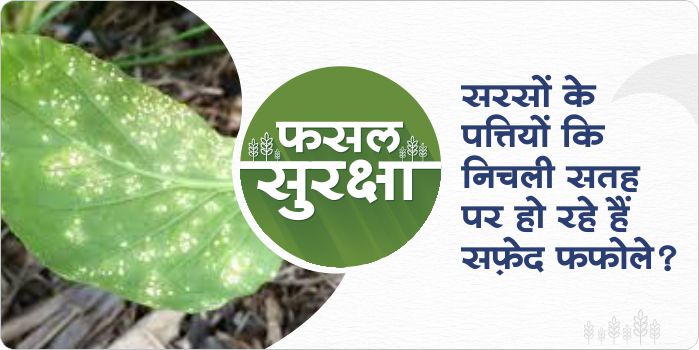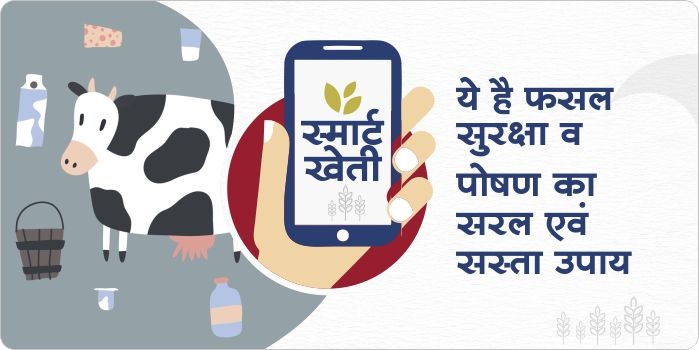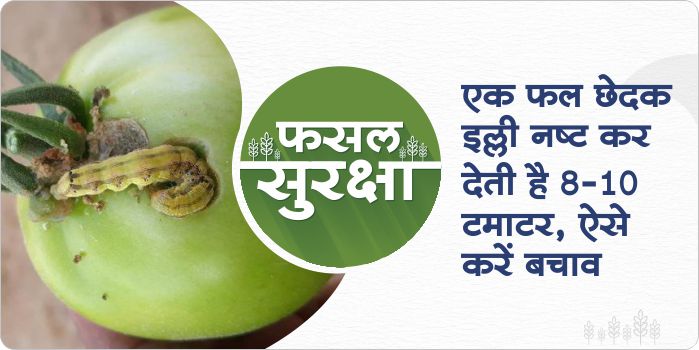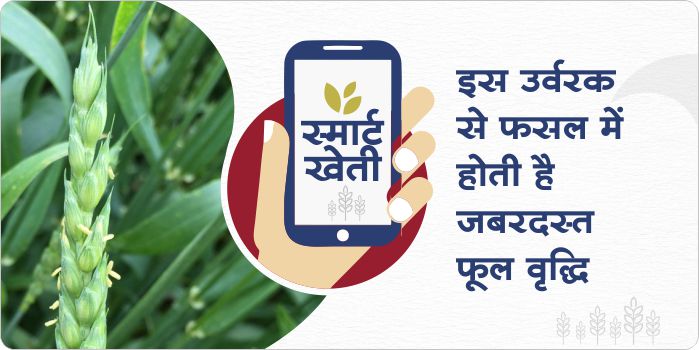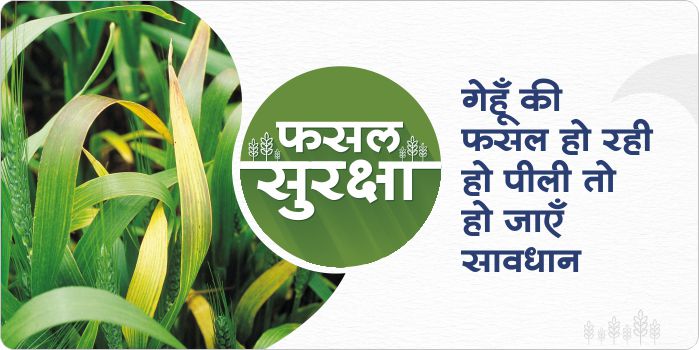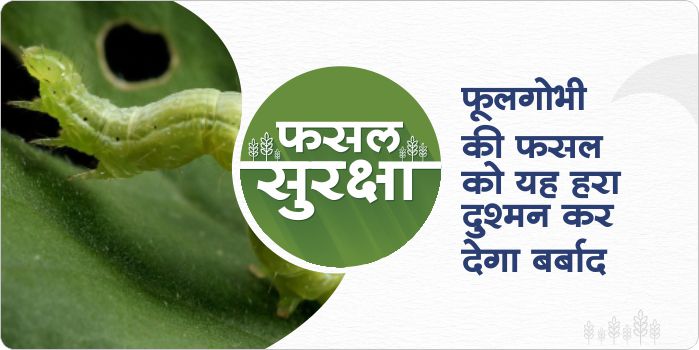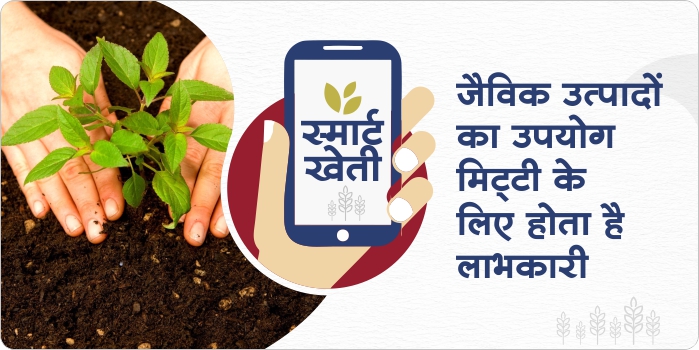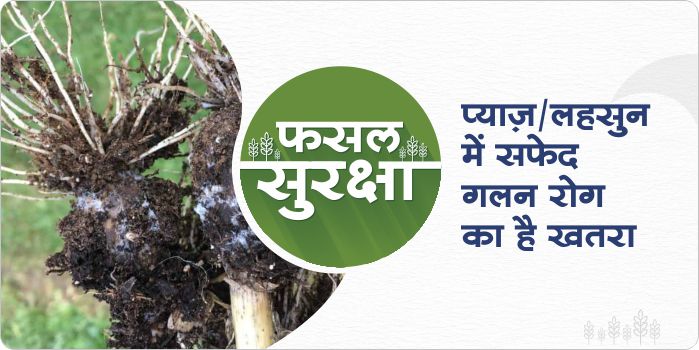Skip to content
- This is a fungal disease, which causes a lot of damage in mustard crops.
- In this disease, white colored blisters are seen on the lower surface of the leaves.
- After some time these blisters turn into white powder.
- Due to this, the process of making food through the leaves is greatly affected.
- For prevention of this disease use Hexaconazole 5% SC @ 400 ml/acre or Tebuconazole 10% + sulphur 65% WG @ 500 gram/acre
- As a biological treatment use Pseudomonas Fluorescens @ 250 gram/acre
Share
- Panchagavya means Pancha + Gavya meaning a substance made from a mixture of cow urine, cow dung, milk, curd, and ghee is called Panchagavya.
- It is also used to increase the fertilizer strength and crop production of agriculture, and to increase immunity in plants.
- Panchgavya is a highly effective organic fertilizer. Panchgavya is made from five products of the local cow because all the nutrients needed for plants are found in sufficient and balanced quantities in the products of the local cow.
- Increase in number of microorganisms in soil, improves fertility of soil
- Increase in crop production and its quality. Reduce the effects of diseases and pests in crops
- Based on simple and cheap technology.
Share
- Aphid is a major mustard pest also known as Mahu or Chepa
- It is the main pest of mustard crops, both the nymphs and adults of this insect suck the cell sap out of soft stems, leaves, flowers and new buds .
- It simultaneously scratches the leaves and sucks the cell sap of the leaves with its sharp mouthpiece making the leaves vulnerable to the attack of black fungus affecting the action of photosynthesis.
- Attack of this insect starts from the months of December-January to March and it spreads rapidly during overcast weather.
- To control this, spray Imidacloprid 30.5% SC@ 100 ml/acre or Flonicamid 50% WG@ 60 ml/acre or Thiamantoxam 25%WG@ 100 gram/acre.
- Use Bavaria Basiana @ 250 gram/acre as a biological treatment.
Share
- Fruits borer financially harms tomato crop
- The adult of this insect is brown and the caterpillar is green in color.
- The most harmful stage of this insect is the caterpillar .
- Caterpillars initially attack the soft leaves and later begin to attack the fruits.
- This caterpillar penetrates inside the tomato fruit and destroys the whole fruit from inside.
- One caterpillar is capable of destroying 8 -10 fruits.
- For its control, Emamectin Benzoate 5%SG@ 100 gram/acre or Flubendiamide 50% WG@ 100 gram/acre or Chlorantraniliprole18.5%SC@ 60 gram/acre or Novaluron 5.25% + Emamectin Benzoate 0.9%SC@ 600 ml/acre
Share
- SSP is a powdered and hard granulated, brown or ash colored fertilizer.
- The granules of Single Super Phosphate or SSP do not break easily by hand.
- Content of granulated SSP- Nitrogen – 0% phosphorus – 16% sulfur content – 11% calcium – 19% and zinc – 1% .
- SSP is less soluble than the rest of the fertilizers, it should always be used during ploughing.
- SSP can also be used as a soil treatment. The benefits of which are higher at the time of germination of plants.
- Using SSP at the right time, fruits and flowers grow in higher quantities
- Phosphorus, sulfur, calcium and zinc can be easily replenished in crops using SSP.
Share
- The problem of yellowing is seen in wheat crops in 35-40 days of plantation.
- The reason for this problem is the lack of nutrients in the wheat crop.
- To prevent this problem, use Gibberellic acid @ 300 ml/acre or Humic acid @ 100 gram /acre.
- Also use 19:19:19 @ 1 kg/acre or 20:20:20 @ 1 kg/acre.
Share
- This disease is caused by a fungus in potato crops.
- The effect of this disease is seen in a large amount on potato tubers.
- Dark brown scabs spots emerge on potato tubers which are coarse when felt by the hands.
- Tubers suffering from this disease are not edible.
- For the prevention of this disease, use Thiophanate Methyl 70% W/P @ 300 gram/ acre or Kasugamycin 5% + Copper Oxychloride 45% WP @ 300 gram/acre.
- As a biological treatment, use Pseudomonas fluorescens @ 250 gram/acre.
- For the effective control of this disease, seed treatment before sowing is very important.
Share
- It is a very harmful pest and sometimes causes severe damage to the crop.
- Its larva is 25–30 mm long, yellowish green with five horizontal yellow lines.
- It has six pairs of black and yellow spots on its outer skin.
- This caterpillar harms the crop by making circular holes in the leaves.
Sometimes this caterpillar begins eating the leaves from the edges or the middle part of the leaves.
- For control Spray Emamectin Benzoate 5% SG @ 100 gram/acre or Chlorantraniliprole 18.5 % SC @ 60 ml/acre.
- As a biological treatment use Beauveria Bassiana @ 250 gram/acre.
Share
- Organic products do not leave their residues in crops and they also do not pollute the environment.
- Organic products increase the activity of micronutrients in soil
- Increases fertility of soil and increases water holding capacity of soil
- Organic products are used at lower prices and lower quantities than chemical products.
- This product is very helpful in spreading the roots of crops in the soil.
Share
- White rot: in onion and garlic, white rot disease is caused by a fungus called Sclerosium sepi veeram or Sclerosium rolf sai.
- Symptoms of this disease: The upper part of onion / garlic rotten near the soil and the white mold forms on the infected part and above the ground, a hard dotted structure is formed like light brown mustard seeds, which are called sclerosia. The infected plants then proceed to wither and then dry up.
- Chemical treatment: for prevention of these disease use Carbendazim 12% + Mancozeb 63% @ 300 gram/acre or Kasugamycin 5% + Copper Oxychloride 45% WP @ 300 gram/acre or Chlorothalonil 75% WP @ 250 gram/acre or Thiophanate Methyl 70% WP @ 300 gram/acre
- Biological treatment: use Pseudomonas Fluorescens@ 250gram/acre or Trichoderma Viride@ 500 gram/acre
Share

